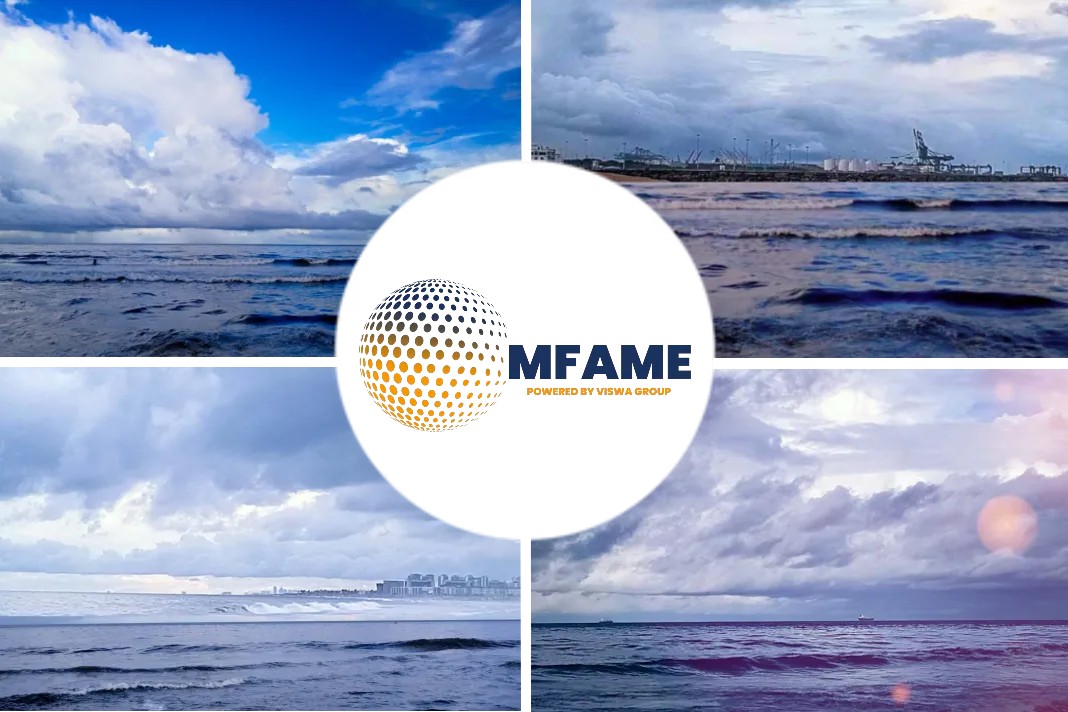- A properly executed draft survey is said to have an accuracy of +/- 0.5%.
- Notify charterers/shippers immediately of the discrepancy and propose to either load additional cargo so that the difference is brought below 0.5% or invite them to accept a remark on the cargo documents which will refer to the vessel’s draft figures as well as the shore scale figures.
- Under English law, however, the Master has the right to investigate the reason behind a discrepancy in quantity, cargo description and cargo condition.
Many Masters have encountered the demand of cargo interests to use shore scale figures to compute the loaded/discharged quantity. When loading or discharging bulk cargoes at Argentinean ports, arguing that only shore figures are recognised locally as reported by Gard.
The regulatory framework
Argentina has ratified the Hague Rules and the country’s Maritime Law has incorporated most of the principles of the Hague-Visby Rules.
In June 2013 the Argentine Customs Authorities issued General Resolution No.
3506 on the Determination of weight by draft and tanks’ sounding for operations with solid goods in bulk according to which Customs will decide the method of determining the cargo weight between the shore scale and draft survey figures.
The reality It is a misconception that only the shore scale figures are accepted in Argentina.
Even if the shore scale figures are chosen by Customs Authorities, the vessel may perform a draft survey and any of the parties involved may also engage surveyors to take part in such draft surveys.
What is a normal/customary discrepancy?
In Argentina, the most common problem is when local shippers present the shore figures to be inserted into the bills of lading and there is a discrepancy between such figures and the vessel’s draft survey figures.
For example, a properly executed draft survey is said to have an accuracy of +/- 0.5%.
Each case is decided on its own merits as there are many factors involved which may indicate the application of a different percentage.
The practical value of such letters of protest is uncertain and questionable.
There is room to argue that all they do is alert the cargo receivers of a pre-existing shortage.
Protective steps
Gard recommends the following steps to Members when the discrepancy in the figures exceeds 0.5% and shippers insist on the shore figures being inserted into the cargo documents without any remarks, based on our experience in handling such cases and consultation with local correspondents in Argentina:
- Notify the Association right away so that a surveyor can board the vessel and conduct an impartial final draught survey to ensure that the vessel’s measurements are accurate. It is desirable if all interested parties (shippers and charterers) are present, but if they refuse, the Master should record their refusal in a letter of complaint and proceed with the independent draught survey.
- Notify charterers/shippers of the discrepancy as soon as possible, and offer to either load additional cargo to reduce the gap to less than 0.5%, or invite them to accept a remark on the cargo documentation that refers to both the vessel’s draught and the shore scale values. The Master has the right to include any remark related to the state and condition of the commodities in the Mate’s Receipts under Argentinian navigation law (N° 20094) Section 204.
Did you subscribe to our newsletter?
It’s free! Click here to subscribe!
Source: Gard














